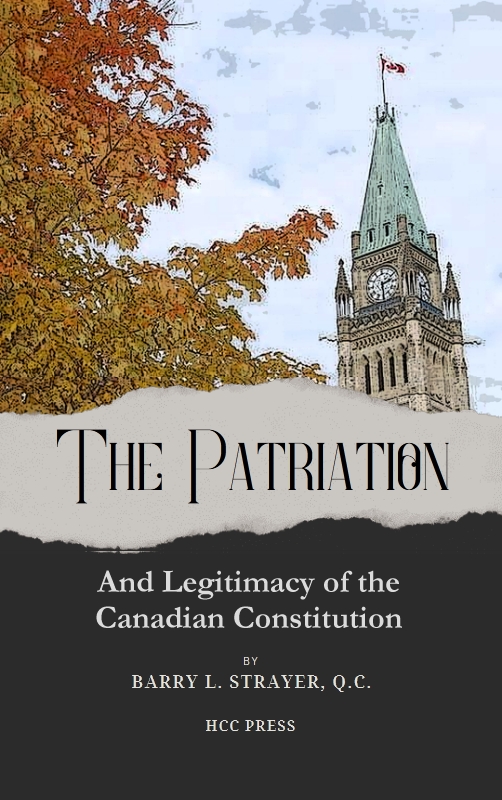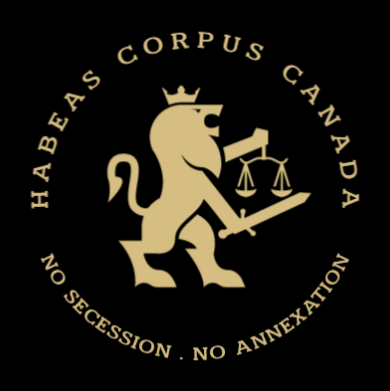There were, of course, criticisms of the technical structure of the proposed referendum process. There were also criticisms, such as those of Premier Blakeney,21 that in fairness and logic there should be reciprocity in the process so that it could be initiated by either the federal government or the provincial governments, instead of by the federal government alone as contemplated by the proposal before Parliament.
There were, however, two main kinds of substantive criticisms of the referendum. First, a national referendum was attacked as being potentially divisive. This point of view was strongly expressed by Mr. Grant Devine, then leader of the Progressive Conservative Party in Saskatchewan, in his appearance before the Special Joint Committee on the Constitution. He warned that such a referendum procedure
… as well may pit region against region or, worse, province against region, and provinces within their very region which may well leave wounds that will take a long lime to heal, if ever.22
This point was made frequently by critics, including the Honourable R. J. Hnatyshyn, M.P., another graduate of this College of Law.23
The other main substantive criticism levelled against the proposed referendum procedure was that it put too much power in the hands of federal authorities. The proposed scheme was that a referendum question would first have to be approved by both Houses of Parliament and then put to the voters of Canada. For the referendum to carry, it would have to be approved by a majority of voters in the same combination of provinces whose consent would be required under the Victoria Formula — that is, majorities in Ontario, Quebec, two Western provinces and two Atlantic provinces. The theory of the critics was that the federal cabinet could embark on an amendment, compel the support of both Houses of Parliament, and thus submit the question to voters in the midst of a massive publicity campaign which would win their hearts and minds, perhaps in spite of the protests of provincial governments. Such concerns were graphically expressed, for example, by one Saskatchewan M.P.:
It is Parliament alone that will decide if there is to be a referendum. It is Parliament alone that will decide when it is to be held. It is Parliament alone that will word the questions. It is Parliament alone that will set the rules. It is Parliament that is now, unilaterally, imposing into our amending formula the very tools for future unilateral action. That is not federalism, that is wrong and that is not the Canadian way.24
21. Proceedings of Special Joint Committee on the Constitution, Dec. 19, 1980, 30:13.
22. Proceedings, ibid., Jan. 6, 1981, 32:108.
23. Proceedings, ibid., Feb. 3. 1981, 52:45.
24. L. Nystrom, M.P., House of Commons Debates, March 23, 1981, p. 8523. See also Rt. Hon. J. Clark, MP., House of Commons Debates, Oct. 6. 1980, p. 5293.

